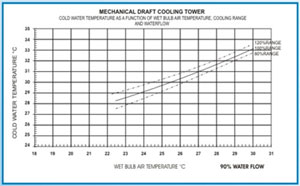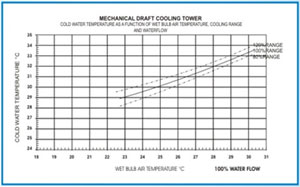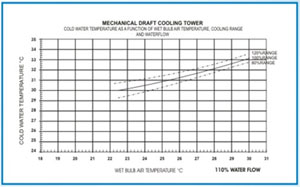Certified Company
E-LEARNING BY NIRVANA
Nirvana Technologies was established in 2006 by professional engineers having vast knowledge in cooling tower field. Our head office located in Mumbai (Bombay) and manufacturing facility at Palghar, Maharashtra (70KM from Mumbai) with extended arms in all major indian cities and abroad to provide in time service to our valued clients.






